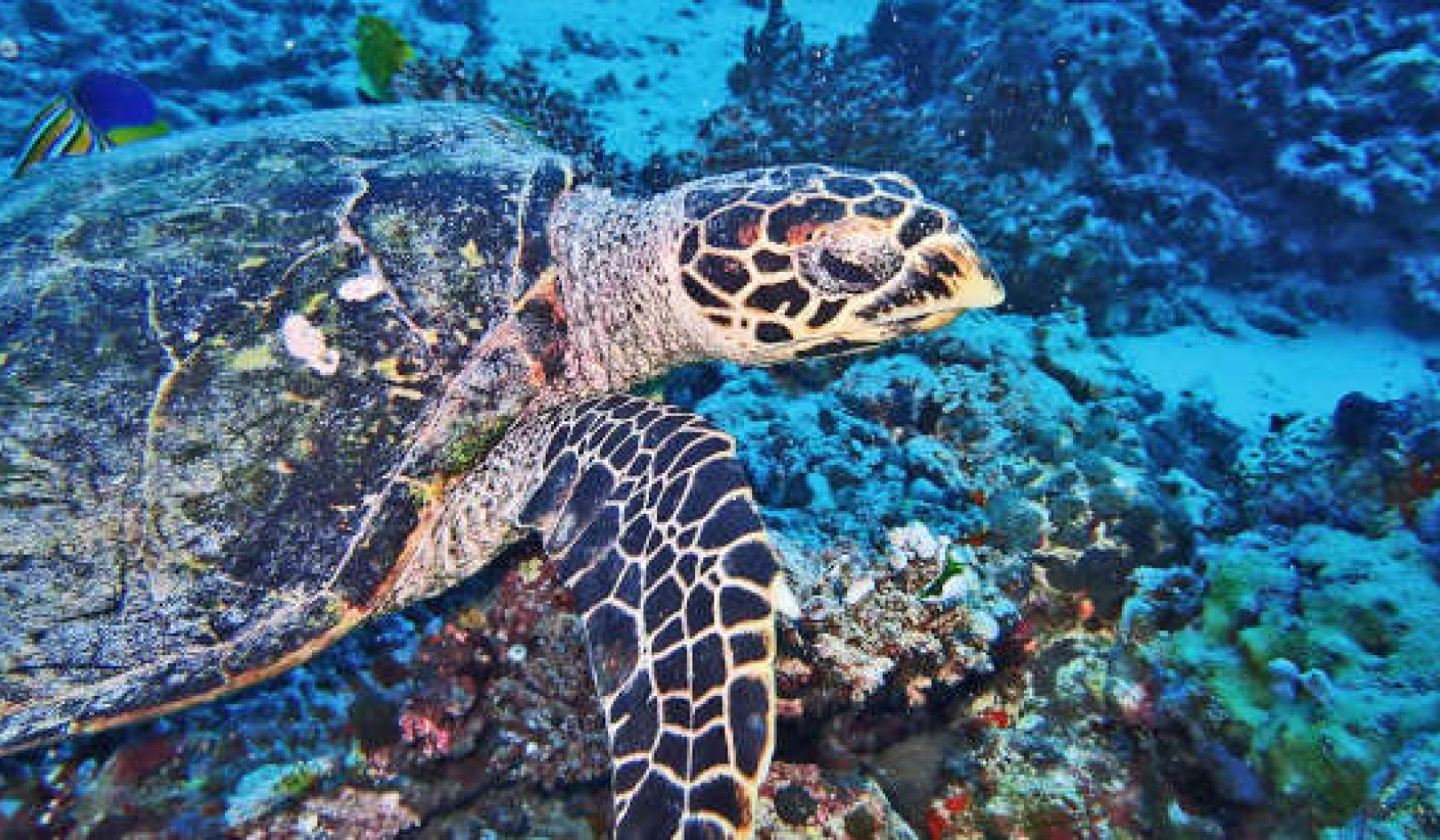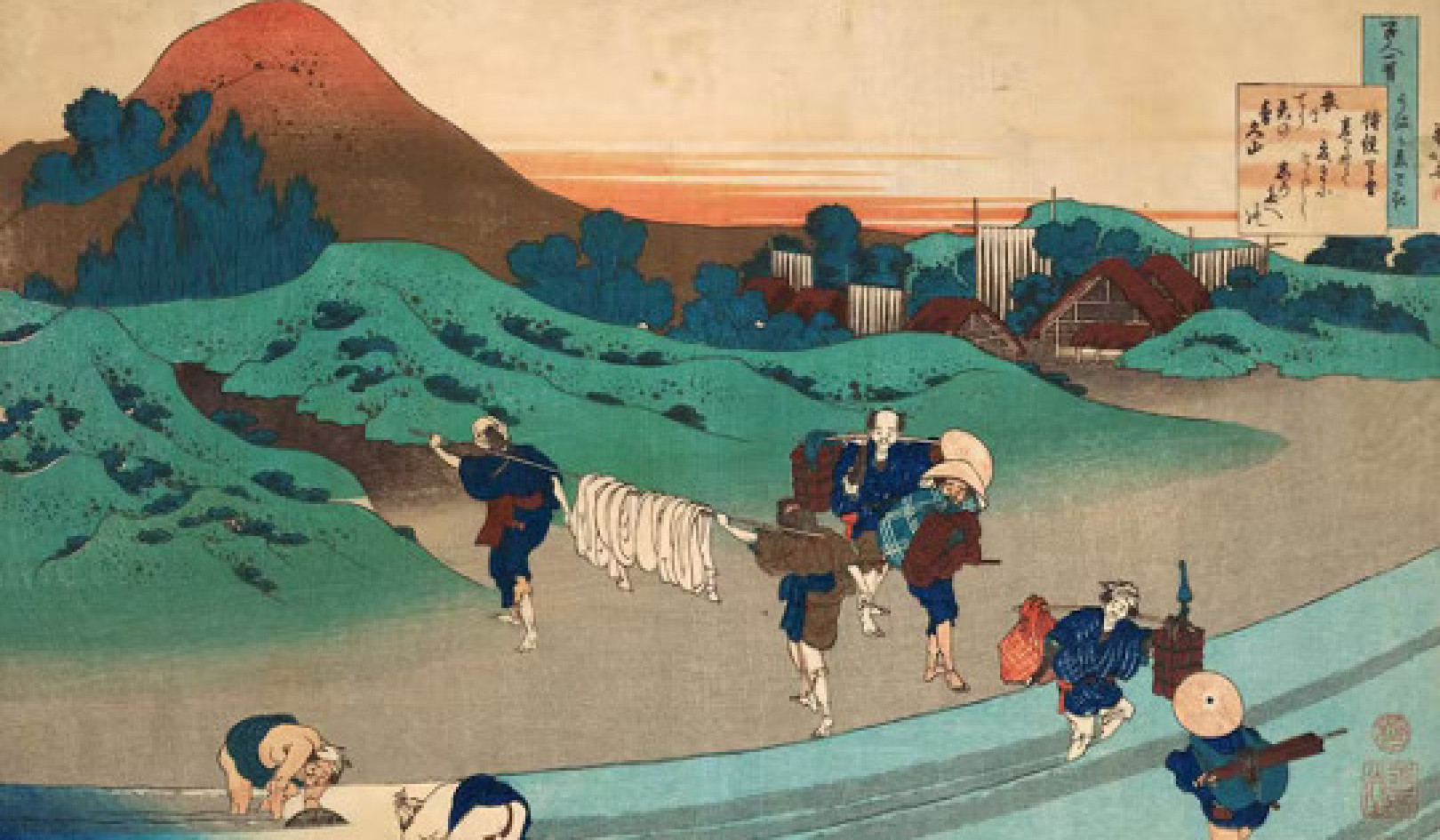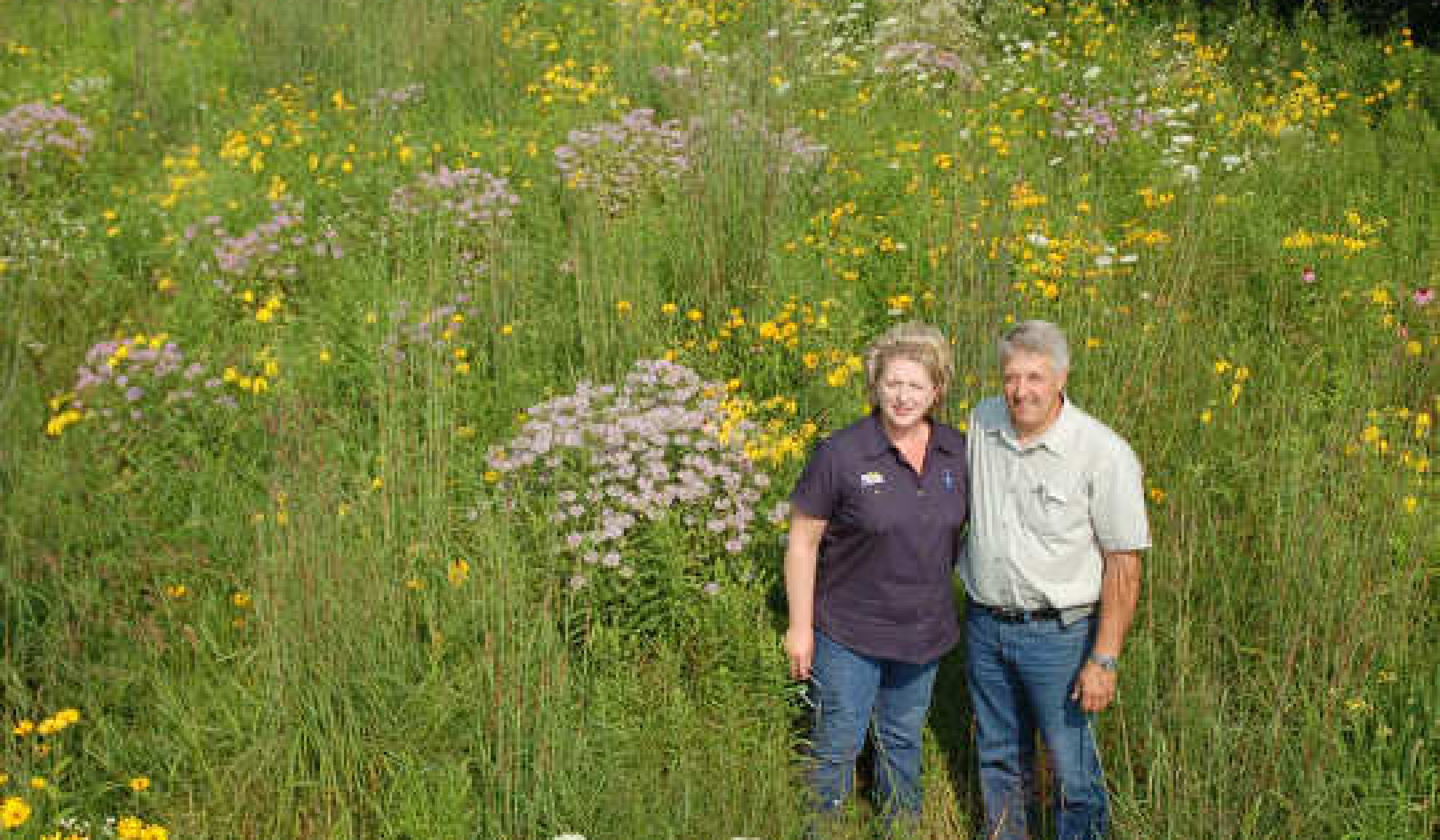
Winter drowning rates are highest in countries with strong ice-fishing cultures and temperatures that hover near freezing. (Shutterstock)
Every winter, the ice that forms on lakes, rivers and oceans, supports communities and culture. It provides transportation across winter roads, hunting and fishing, and recreational activities, such as lake ice festivals, skating, hockey and ice fishing.
For many communities, ice cover had been stable and predictable for generations. But no ice-covered body of water is without risk. Falls through the ice are especially dangerous because the cold water temperature can lead to shock, which can rapidly lead to unconsciousness, irregular heartbeats and death.
An international interdisciplinary team investigated the effects of climate change on winter drownings across northern countries. We expected that there would be more drownings in warmer winters because climate change is leading to precarious ice cover.
The new study documents over 4,000 winter drownings that occurred during the past 10-30 years in 10 countries, including Canada, United States, Finland, Sweden, Estonia, Latvia, Russia, Italy, Germany and Japan. Alarmingly, Canada had the highest number of winter drownings each year.
Increased drownings in warmer winters
Winter drownings were more common in warmer winters for these northern countries, occurring five times more frequently when mean winter air temperatures approached 0 C. Generally, most drownings occurred when mean winter air temperatures were between -5 C and 0 C. The higher likelihood of extremely warm days and rain-on-snow events in warm winters contributes to thinner, weaker and less stable ice.
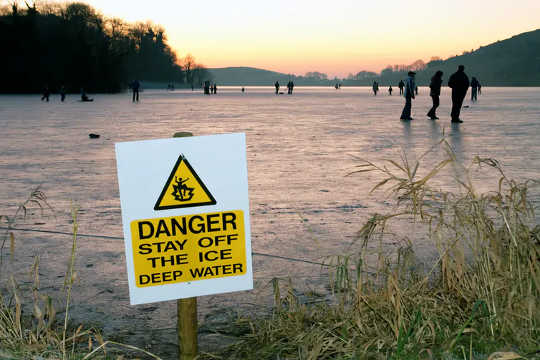
With climate change, temperatures are increasing most rapidly in the winter, and people need to adapt their behaviours. (Shutterstock)
The highest number of drowning events occurred at the beginning and end of winter when ice cover is most precarious. The dates on which ice forms and melts are most affected by climate change, such that warming temperatures lead to delayed ice formation, earlier ice break-up, thinner ice and increased freeze-thaw events.
In addition, the warmer weather and longer daylight hours of early spring draw more people outside, which increases the risk of drowning. In a changing climate, winter drownings will likely increase because temperatures are increasing most rapidly in winter, while human awareness and behaviours are not adapting sufficiently.
Drowning risk factors
Cultural factors may also influence winter drowning rates. For example, Indigenous communities in northern Canada and Alaska suffer the highest rates of winter drowning because of their dependence on ice cover for subsistence and travel, leading to long hours on the ice. Similarly, winter drowning rates are very high in Estonia and Latvia, partly as a result of a strong ice fishing culture and mean winter air temperatures just below 0 C.
On the other hand, winter drowning rates are close to zero in Germany and northern Italy where laws and regulations prohibit ice fishing and allow ice skating only when local authorities deem the ice to be safe.
We recommend using local cultural and traditional knowledge in dialogue with community stakeholders to design and implement water safety programs, empowering communities with the capacity to adapt to the regional impacts of climate change.
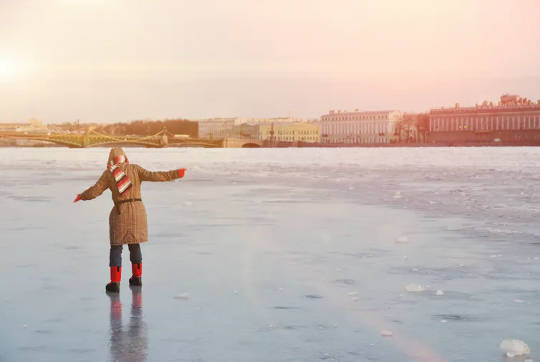
Alcohol can increase risk-taking behaviour on the ice. (Shutterstock)
Sadly, children and young adults are at the highest risk of drowning. Kids under nine years old accounted for 44 per cent of drowning fatalities while playing on ice. Young adults between the ages of 15 to 29 had high rates of drowning when ice fishing or snowmobiling.
Alcohol consumption can further contribute to increased risk-taking behaviour on the ice.
Reduce the risk of winter drowning
This winter, more people will likely take part in winter outdoor activities because of the COVID-19 pandemic. Forecasts suggest a warmer and wetter winter lies ahead for Ontario and Québec, which may yield unsafe ice conditions.
Safety equipment, such as ice picks, flotation devices and hypothermia protective clothing can help lower the risk of drowning. Integrating winter safety education into swimming lessons is an effective way to keep children from drowning.
Barbara Byers, the chief research officer of the Lifesaving Society in Ontario, recommends evaluating the quality of the ice, and its type, before venturing onto it. Ice should be clear, hard and new.
“Avoid slushy ice; ice on or near moving water, like rivers and currents; ice that has thawed and refrozen; and layered or rotten ice caused by sudden temperature changes.”
Byers cautions people to look out for other factors that weaken or “rot” ice, such as snow on ice that acts as a blanket and prevents it from hardening, or pressure ridges formed by wind or current pressure.
“It is important to keep away from unfamiliar paths or unknown ice. Avoid travelling on ice at night. Never go on the ice alone. A buddy may be able to rescue you or go for help in case you get into difficulty,” said Byers. “No ice is without some risk. Minimize your risk.”
About the Authors
Simon R. Watson co-authored this article. He was previously a research associate at York University.![]()
Sapna Sharma, Associate Professor and York University Research Chair in Global Change Biology, York University, Canada
This article is republished from The Conversation under a Creative Commons license. Read the original article.
Related Books
Life After Carbon: The Next Global Transformation of Cities
by Peter Plastrik , John Cleveland The future of our cities is not what it used to be. The modern-city model that took hold globally in the twentieth century has outlived its usefulness. It cannot solve the problems it helped to create—especially global warming. Fortunately, a new model for urban development is emerging in cities to aggressively tackle the realities of climate change. It transforms the way cities design and use physical space, generate economic wealth, consume and dispose of resources, exploit and sustain the natural ecosystems, and prepare for the future. Available On Amazon
The future of our cities is not what it used to be. The modern-city model that took hold globally in the twentieth century has outlived its usefulness. It cannot solve the problems it helped to create—especially global warming. Fortunately, a new model for urban development is emerging in cities to aggressively tackle the realities of climate change. It transforms the way cities design and use physical space, generate economic wealth, consume and dispose of resources, exploit and sustain the natural ecosystems, and prepare for the future. Available On Amazon
The Sixth Extinction: An Unnatural History
by Elizabeth Kolbert Over the last half-billion years, there have been Five mass extinctions, when the diversity of life on earth suddenly and dramatically contracted. Scientists around the world are currently monitoring the sixth extinction, predicted to be the most devastating extinction event since the asteroid impact that wiped out the dinosaurs. This time around, the cataclysm is us. In prose that is at once frank, entertaining, and deeply informed, New Yorker writer Elizabeth Kolbert tells us why and how human beings have altered life on the planet in a way no species has before. Interweaving research in half a dozen disciplines, descriptions of the fascinating species that have already been lost, and the history of extinction as a concept, Kolbert provides a moving and comprehensive account of the disappearances occurring before our very eyes. She shows that the sixth extinction is likely to be mankind's most lasting legacy, compelling us to rethink the fundamental question of what it means to be human. Available On Amazon
Over the last half-billion years, there have been Five mass extinctions, when the diversity of life on earth suddenly and dramatically contracted. Scientists around the world are currently monitoring the sixth extinction, predicted to be the most devastating extinction event since the asteroid impact that wiped out the dinosaurs. This time around, the cataclysm is us. In prose that is at once frank, entertaining, and deeply informed, New Yorker writer Elizabeth Kolbert tells us why and how human beings have altered life on the planet in a way no species has before. Interweaving research in half a dozen disciplines, descriptions of the fascinating species that have already been lost, and the history of extinction as a concept, Kolbert provides a moving and comprehensive account of the disappearances occurring before our very eyes. She shows that the sixth extinction is likely to be mankind's most lasting legacy, compelling us to rethink the fundamental question of what it means to be human. Available On Amazon
Climate Wars: The Fight for Survival as the World Overheats
by Gwynne Dyer Waves of climate refugees. Dozens of failed states. All-out war. From one of the world’s great geopolitical analysts comes a terrifying glimpse of the strategic realities of the near future, when climate change drives the world’s powers towards the cut-throat politics of survival. Prescient and unflinching, Climate Wars will be one of the most important books of the coming years. Read it and find out what we’re heading for. Available On Amazon
Waves of climate refugees. Dozens of failed states. All-out war. From one of the world’s great geopolitical analysts comes a terrifying glimpse of the strategic realities of the near future, when climate change drives the world’s powers towards the cut-throat politics of survival. Prescient and unflinching, Climate Wars will be one of the most important books of the coming years. Read it and find out what we’re heading for. Available On Amazon
From The Publisher:
Purchases on Amazon go to defray the cost of bringing you InnerSelf.comelf.com, MightyNatural.com, and ClimateImpactNews.com at no cost and without advertisers that track your browsing habits. Even if you click on a link but don't buy these selected products, anything else you buy in that same visit on Amazon pays us a small commission. There is no additional cost to you, so please contribute to the effort. You can also use this link to use to Amazon at any time so you can help support our efforts.



















